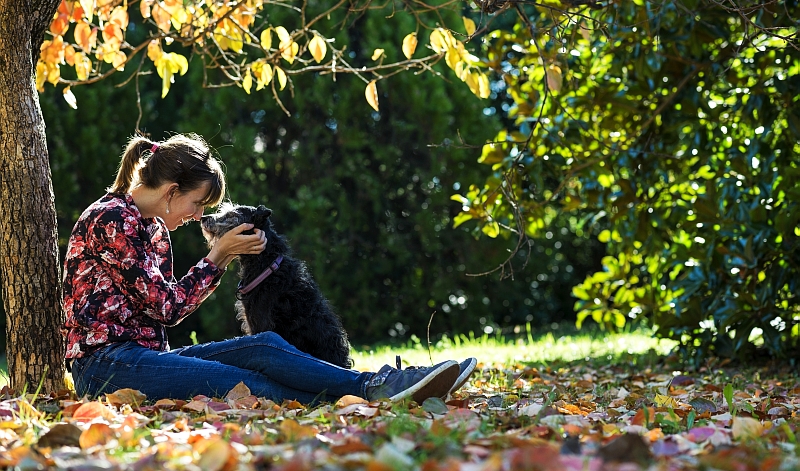Dogs thrive best when they receive regular affection from their pet owners. Their tails wag, tongue pant happily whenever you scratch behind the ears, or rub the back of their necks. But is there a right way and a wrong way to pet a pooch? Here are some tips about the best and worst places to pat your dog, as well as the most effective ways to communicate how much you care.
Ideal Petting Zones
To keep your pup peppy and pleasant, these are the best ways to show him affection.
- Belly rubs
- Petting the chest, neck, and shoulders
- Stroking, scratching and petting the back and rump.
- Soft stroking of the back of the head
- Scratching behind the ears
Off limits Areas
Just like you or I would not prefer to have our friends rub out under stomachs, or pat us on the behind, there are places that a dog would rather your hands steer clear. As each dog is different, proceed cautiously and see how he responds to these “testy” places.
- Inner leg, upper hind legs
- Lower belly rubbing
- Stroking, holding, petting the paws, around the toes
- Petting the top of the nose, between the eyes, and the top of the head can make a dog anxious, or want to back away.
While petting, dog owners should always be careful to avoid holding the dog around the neck, or collar since this can cause a dog to retaliate or snap.
Why Petting Is Necessary For Dogs
A recent study through the Canine Science Collaborators at Arizona State University found that dogs respond much more positively to physical affirmation like petting, patting and scratching, than they do the verbal affirmations we often give them. Out of 72 dogs (sourced from animal shelters as well as pets from private residences) observed, the majority of the canines proved more responsive toward the humans that patted them, than to those that said things like “good boy” or “good dog!”
Petting can be used as a reward during a training session, or when a dog returns after he has been called. It can be used as a greeting or a goodbye gesture to reaffirm the pet’s connection and approval status with his owner. Though they do not use words, dogs are excellent communicators about what they need. If your dog is stand offish or keeping his distance, then he is either distracted, preoccupied, or satisfied how things are. Dogs that linger, stand close by, lick your hand, rub their head on your leg, or nudge you with their nose, are probably looking for further affection. Pay attention to these signals so you can help your pet feel accepted, loved and well-adjusted.

